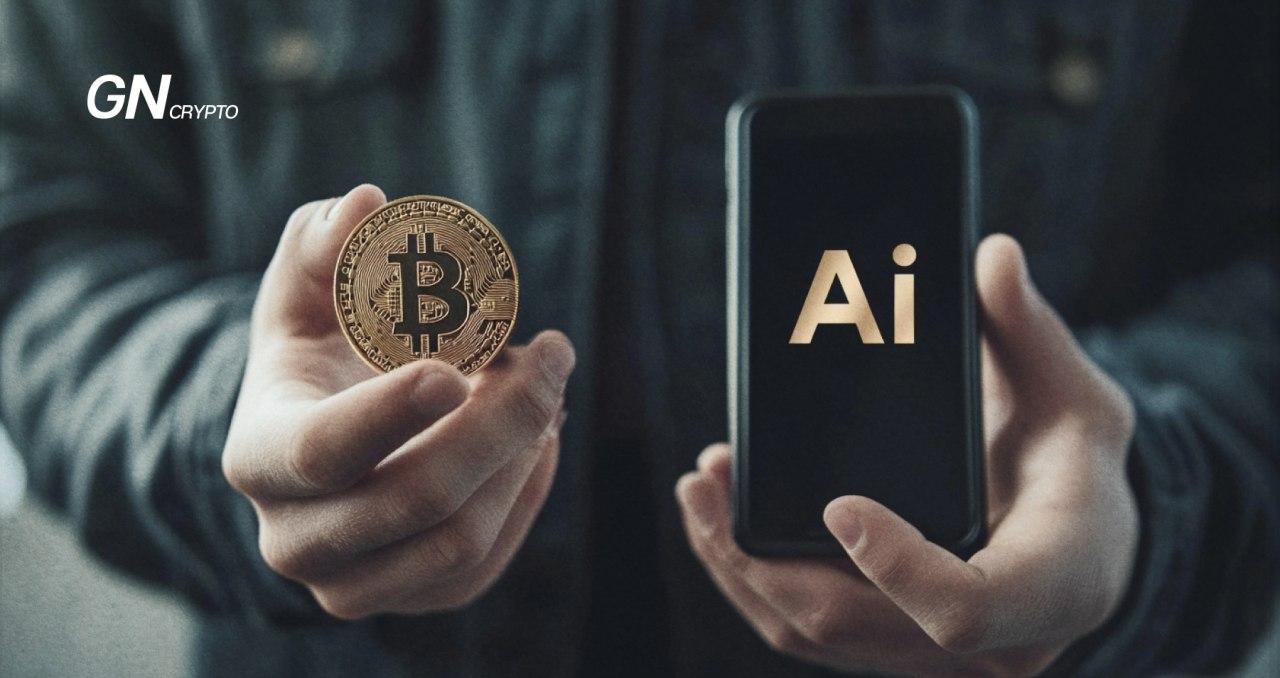Miners Face a Choice Between Cryptocurrency and AI

Despite significant market fluctuations, BTC mining remains profitable. However, the rapid growth of AI is creating a competing demand for computational resources. Bitcoin miners now find themselves at the intersection of two technological revolutions.
On this page
The dual interest in developing these two technologies presents a complex challenge: how to ensure a stable power supply for these rapidly growing sectors? According to analysts at Galaxy, global electricity demand for data centers is projected to increase by 160% by 2030. In the U.S., for example, data centers already consume 21 GW of electricity annually, and this number continues to grow each month.
At the same time, the global energy sector is undergoing a transformation. The shift towards green energy sources, such as wind and solar, is decreasing reliance on traditional fuels like coal and natural gas. As a result, cryptocurrency mining and the development of artificial intelligence could become significant drivers of this energy transformation.
This process comes with new challenges. Innovative solutions are needed to effectively integrate renewable energy sources into the power grid while ensuring a stable energy supply for all industrial consumers.
Mark Zuckerberg highlighted a critical shortage of powerful data centers necessary for the development of artificial intelligence. He stated that the main obstacle to creating supercomputers is the lack of sufficient energy supply. Currently, mining companies can meet this demand.
While BTC mining and data processing for artificial intelligence are different in nature, they share many infrastructure requirements. Both industries need high-quality fiber optics, high-voltage equipment, and efficient cooling systems. Therefore, mining companies, that have already invested in this infrastructure, can gain a significant advantage over new entrants to the computing market. In today’s environment, where the price of virtual currencies periodically experiences dramatic drops, this presents a great opportunity to diversify risks.
If cryptocurrency mining becomes unprofitable, miners can temporarily repurpose their facilities to meet AI demands. They already possess the land, buildings, and equipment needed for large data centers. This potential is attracting major tech companies looking for reliable partners to expand their computing capacities.
The $1 billion acquisition of Core Scientific, a public mining company on the verge of bankruptcy, by CoreWeave is the first example of such collaboration. We could soon see more of this “soft” integration of BTC miners into the data center market, making them important players in the AI revolution.
Even if Bitcoin drops significantly, miners will still have viable options.
The content on The Coinomist is for informational purposes only and should not be interpreted as financial advice. While we strive to provide accurate and up-to-date information, we do not guarantee the accuracy, completeness, or reliability of any content. Neither we accept liability for any errors or omissions in the information provided or for any financial losses incurred as a result of relying on this information. Actions based on this content are at your own risk. Always do your own research and consult a professional. See our Terms, Privacy Policy, and Disclaimers for more details.

























